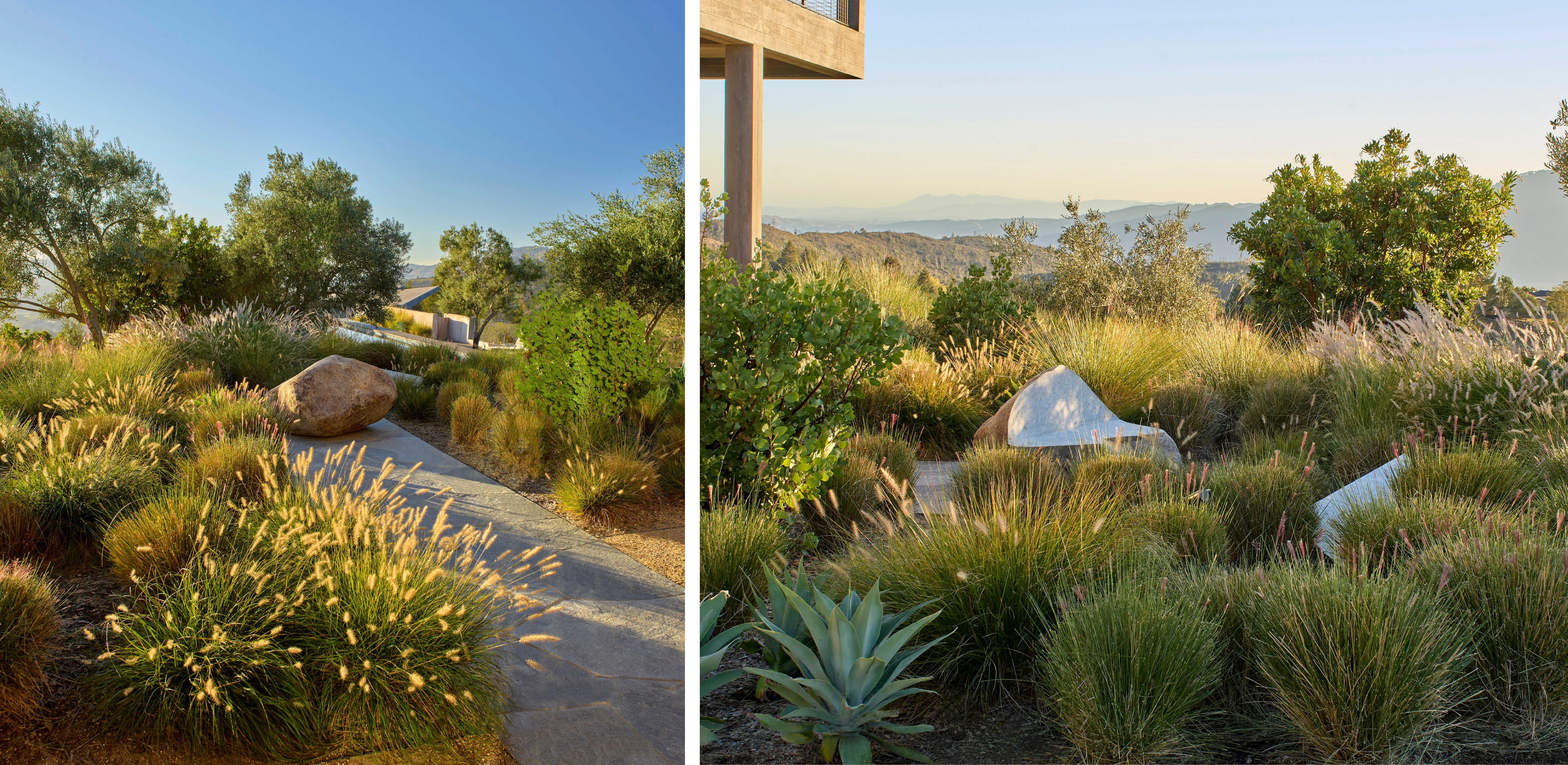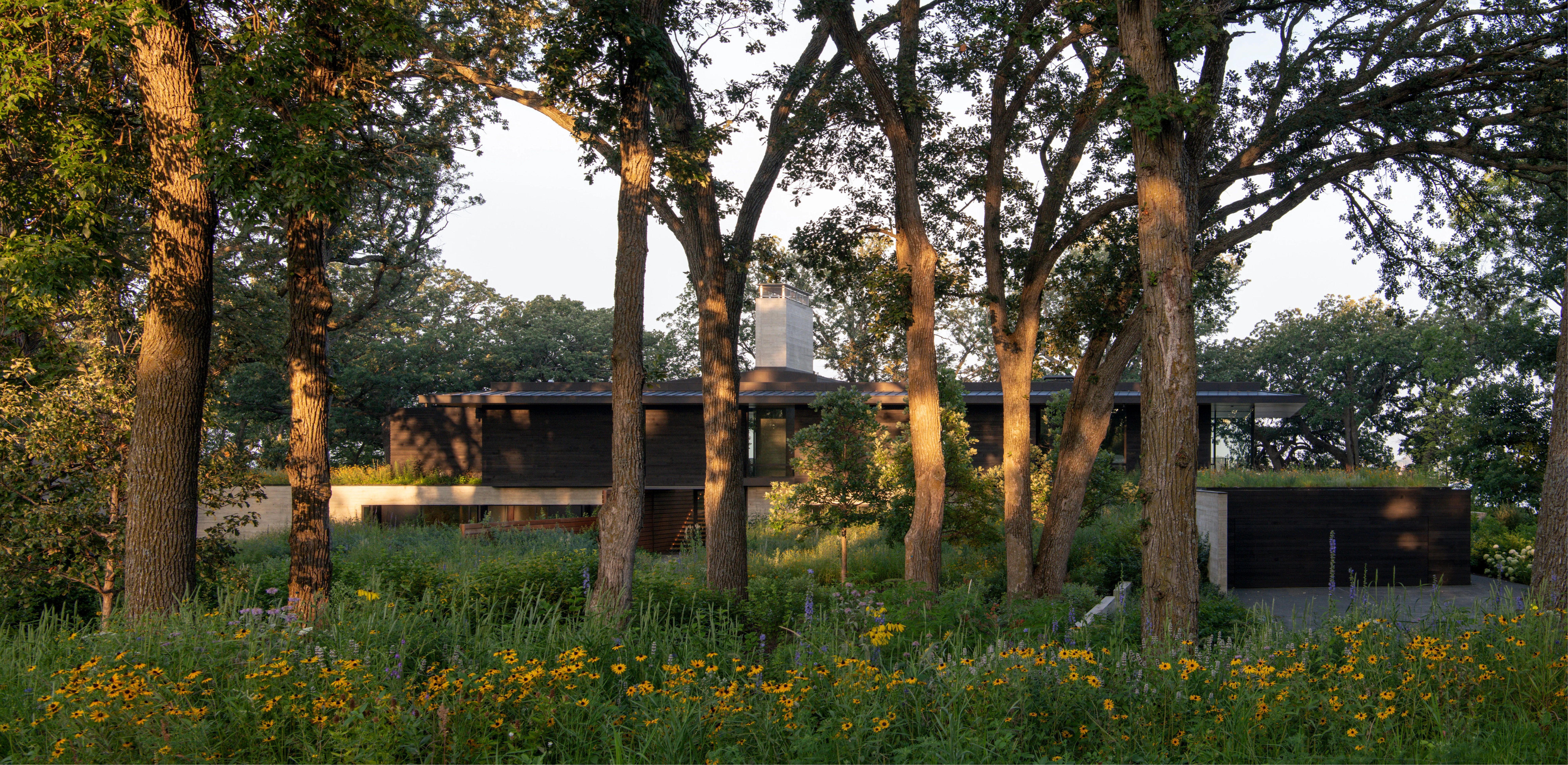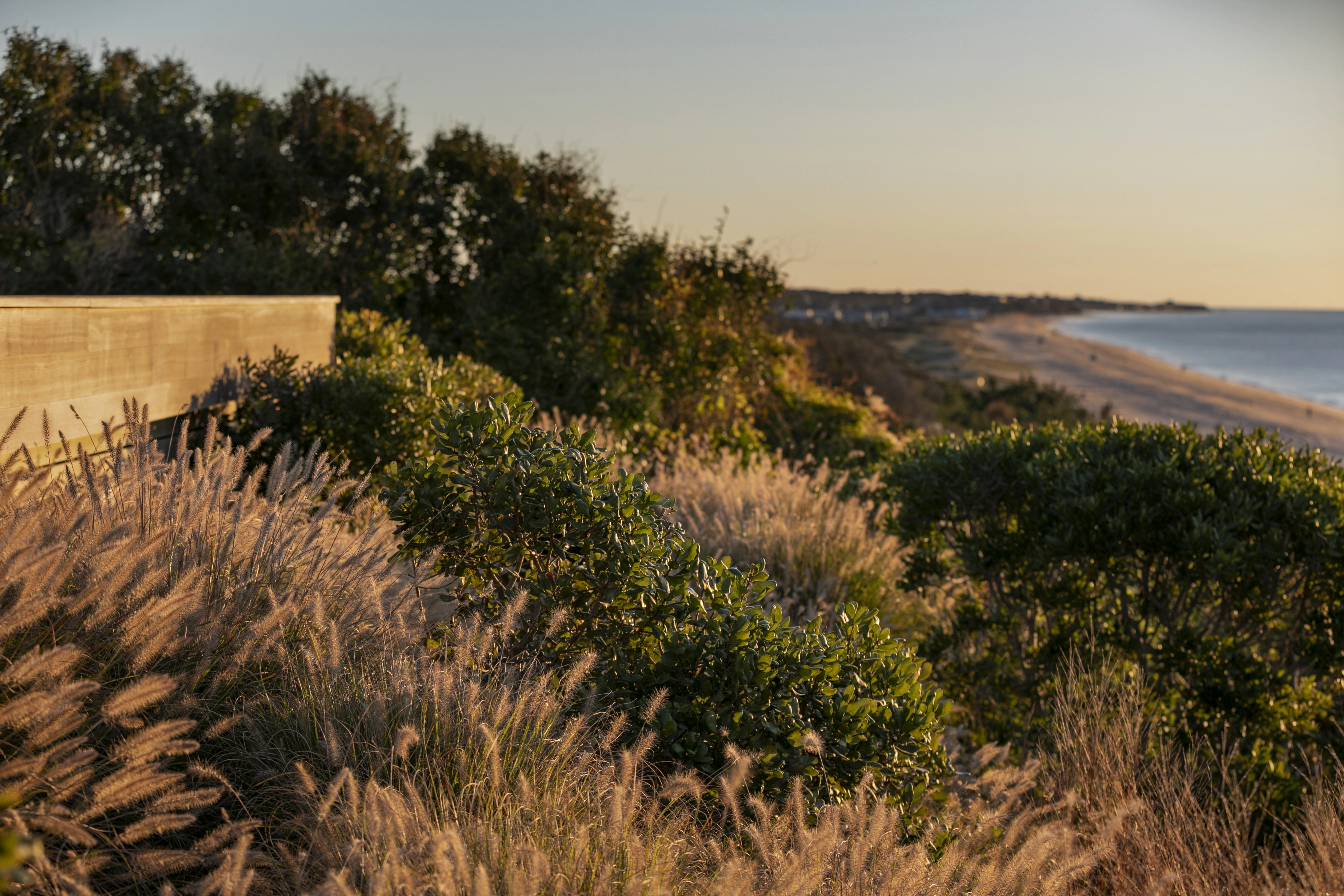Codesigning Green Sanitation Infrastructure: A Framework for Informal Settlements
Adam DeHeer, Associate ASLA; Nicholas Sund, Student ASLA; Summer Young, Associate ASLA; Emma Hershey, Student ASLA; Hana Ketterer, Student ASLA; Samuel Alig, Student ASLA
Throughout the world, sprawling cities attract large numbers of people mired in poverty who live in informal settlements, well off the grid of civic infrastructure and municipal services. These places lack access to even basic sanitation services, potable water, and waste disposal. This innovative project in Lima, Peru, designed by landscape architecture students with community input, operates as a low-cost, sustainable system that collects, treats, and reuses household urine and greywater. The system generates clean water for domestic uses and nutrient-rich fertilizer for containerized gardens that function as public green space for a residential hillside community literally clinging to life. This pioneering life-affirming project serves to broaden both the accepted role of the profession and the definition of landscape architecture.
Awards Jury
-
Cleaning water and the environment with green sanitation infrastructure provides a framework for a thriving urban ecosystem where human waste is transformed into resources to grow food, plant-based products, and create urban habitat.
-
Sanitary Greenspace
The challenge of slums: water and waste
With a majority of the global population increasingly concentrating in urban areas, much of this growth is taking place in informal settlements, or slums. Already one-third of the global urban population live in urban slums (UN-Habitat 2003). These slums are characterized by a combination of challenges that the United Nations calls the "five deprivations" which include lack of access to basic sanitation and clean water, a lack of adequate public green space, an unsafe environment cobbled together with low-quality, non-durable materials, and a general lack of legal recognition by governments.
In places without basic sanitation infrastructure, people are forced to dispose of fecal waste in pit latrines or directly into their own environment. This pollution contributes to diarrheal disease, which is a leading cause of death and malnutrition in young children around the world. In addition to the increased risk of diarrheal disease in slums, an acute lack of access to other services, including public green space, presents associated risks to physical and mental health.
This challenge is gradually gaining more attention. The Bill & Melinda Gates Foundation recently launched the "Reinvent the Toilet Challenge" and funded more than $3 Million to various projects that intended to bring affordable sanitation to poor communities. However, without sewer, many communities are turning to Container-Based Sanitation (CBS) services that use specialized urine-diverting toilets to collect feces in sealable, removable containers that are brought to treatment facilities via road-based transport.
CBS is an innovative and low-cost sanitation model that is particularly well-suited for low-income urban settlements where demand for sanitation services is high and traditional on-site sanitation and sewerage are not feasible or cost-effective. However, urine and household greywater remain one of the biggest challenges for Container-Based Sanitation around the world.
In 2017, we partnered with Xrunner, a local CBS provider in Lima, Peru to help them deal with this problem. In Lima, Peru, over 3 million residents live in slums (IUCI, 2017). Using a human-centered co-design process, we were able to respond to the need of Xrunner as well as the community they serve. We learned that one of their top priorities was earning formal legal recognition from local government, but the local government will not recognize communities that lack formal sanitation infrastructure and public greenspace, so they would have to create it on their own.
Unfortunately, conventional sewer models require too much water, and the residents of Lima were already purchasing all of their water by truck. Additionally, Lima receives less than 6 millimeters of rain per year—not enough rainfall to irrigate any kind of greenspace.
A new model: turning waste into resources
"Pollution is nothing but resources we're not harvesting. We allow them to disperse because we've been ignorant of their value." —Buckminister Fuller
Knowing that urine and greywater contain the water and nutrients to support public greenspace, we wondered if we could turn these byproducts into useful resources in the community, rather than simply treating them and throwing them away. We worked with the community to develop a low-cost and sustainable sanitation system that collects, treats, and reuses household urine and greywater in a closed-loop system.
The system destroys deadly pathogens, and the clean water can be reused in the home for bathing, laundry, and dishwashing. If combined with urine, the wastewater becomes a safe and nutrient-rich fertilizer for outdoor containerized gardens—helping them create public greenspace. By combining this wastewater recycling system with Container-Based Sanitation, all three forms of household waste are transformed into community resources.
As a sanitation system that also generates public green space, this system helps communities earn political legitimacy and access to valuable public services that can further improve individual well being and upward economic mobility for the entire community.
The concept behind the sanitation system was initiated in a codesign process with the community members of Pamplona Alta, Lima, Peru, and later refined by landscape architecture students at the University of Oregon. It's simple components mimic larger hydrological and nutrient cycles. Essentially, it is a containerized constructed wetland with a series of slow-sand filters.
Landscape impacts
Beyond treating and recycling waste, the sanitary greenspace system has numerous impacts in the landscape. First, it protects natural waterways and ecosystems from feces, urine and greywater pollution by providing an alternative to open defecation and pit latrines. At the same time, our system uses those nutrients from urine and composted human waste as fertilizer, thereby removing the need for expensive and environmentally harmful synthetic fertilizers. Moreover, while the global supply of phosphorus is declining, it is found abundantly in human urine.
As a containerized garden, it can be used to create safe and accessible public greenspace where plantings provide shade that reduces the urban heat island effect, making slums cooler and more comfortable during summer heat. Additionally, access to green space has many documented health benefits. The enjoyable aesthetic surroundings provided by the sanitation system can improve mental wellbeing by increasing resilience to stress and providing places for social activities.
The system is currently being tested with a small group of homeowners in Pamplona Alta. If the system were to scale, it could provide a framework for a thriving urban ecosystem where human waste is transformed into resources to grow food, plant-based products, and create urban habitat.

.webp?language=en-US)
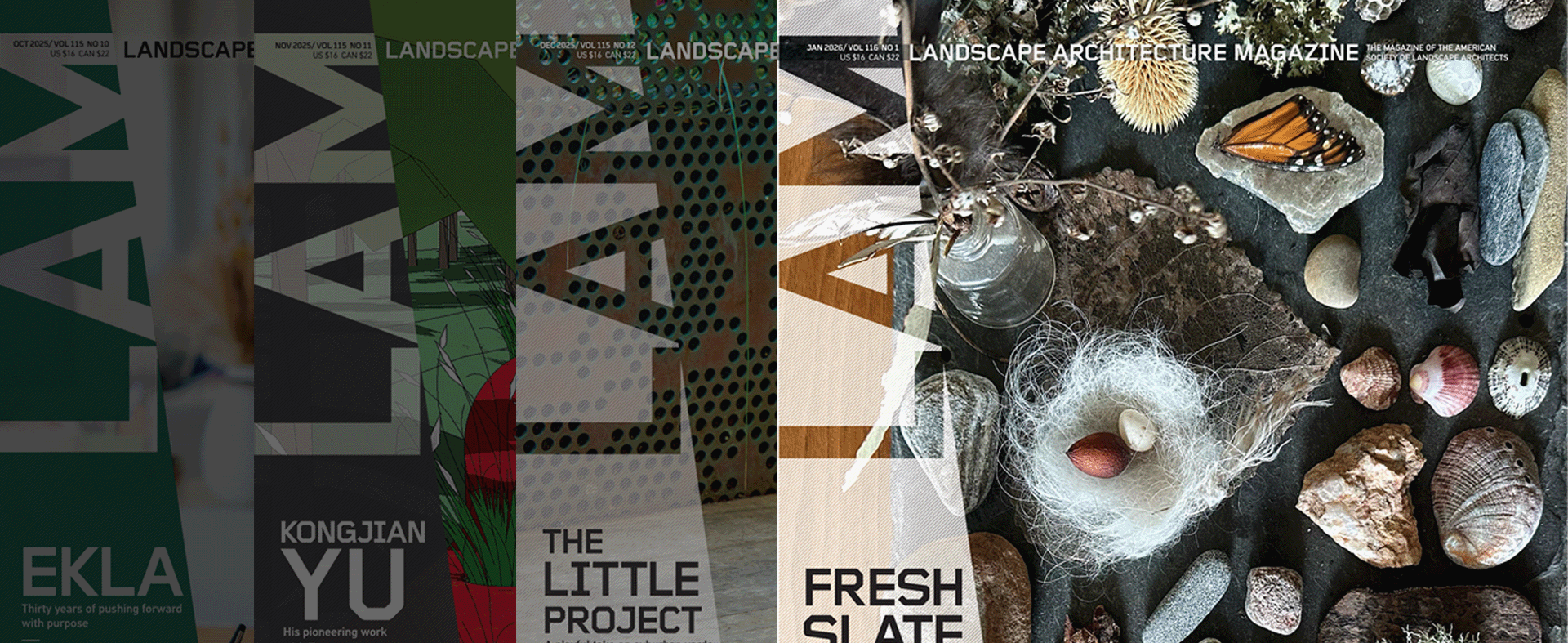

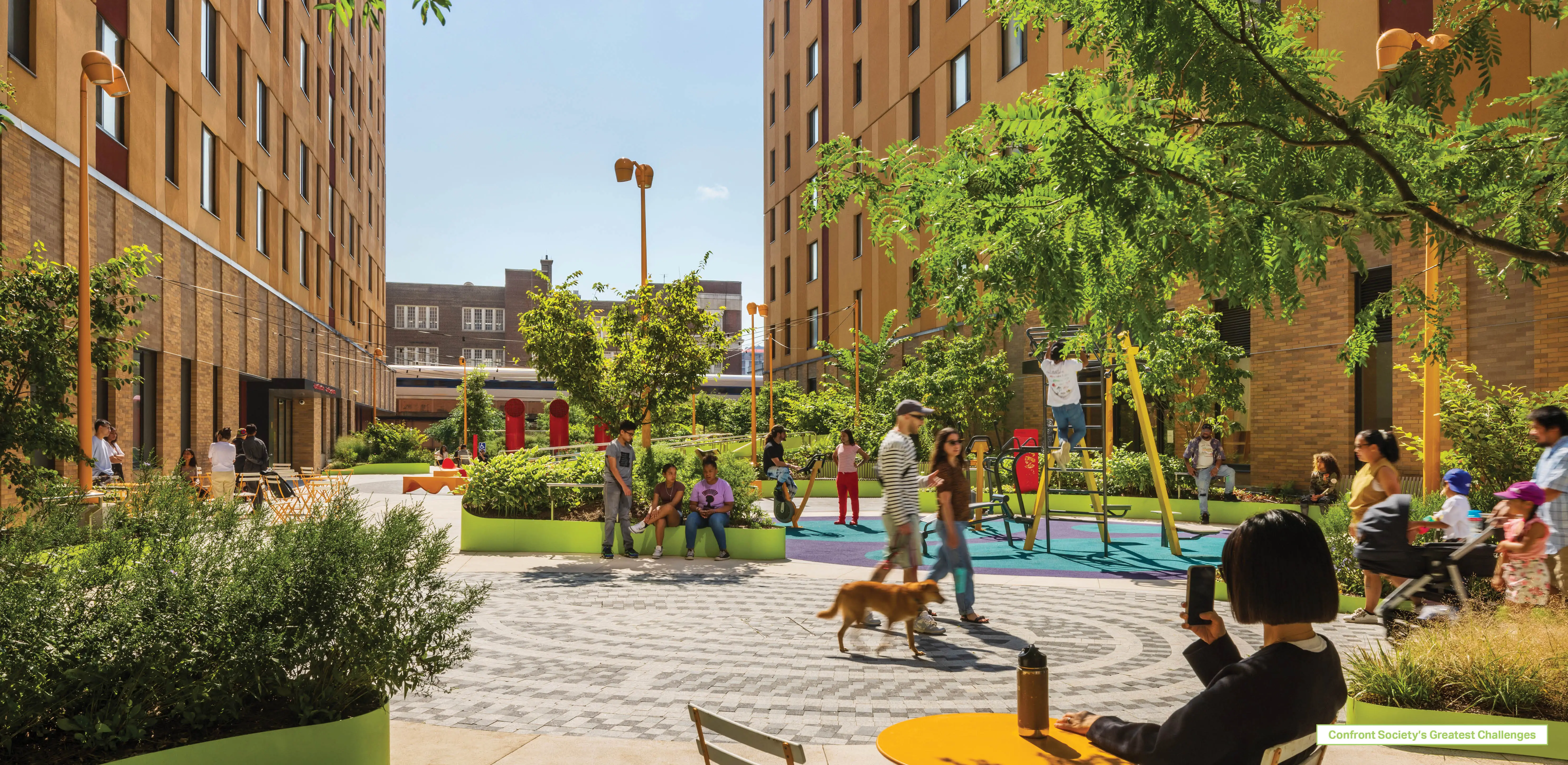
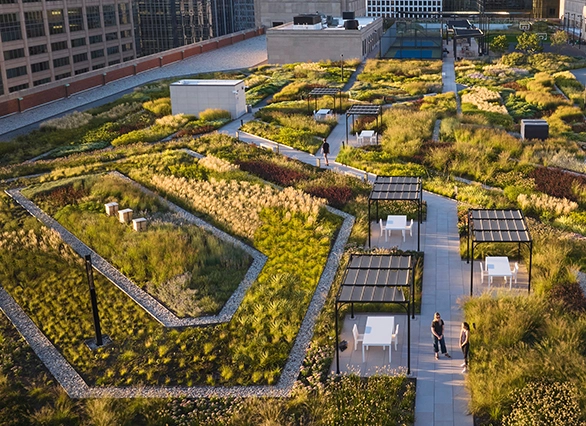
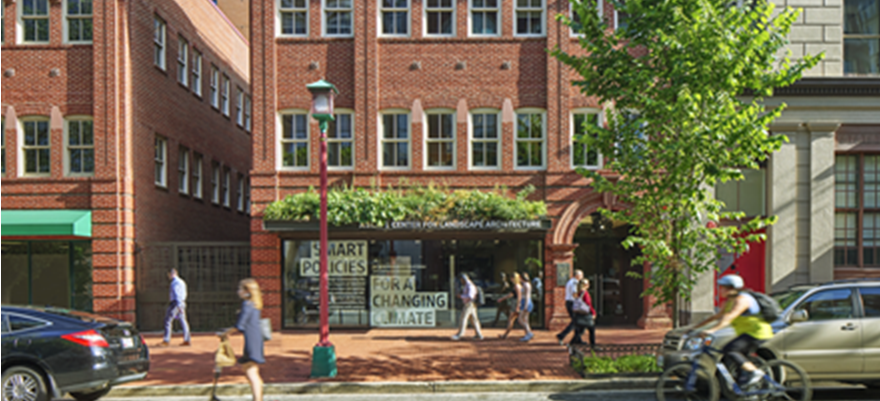
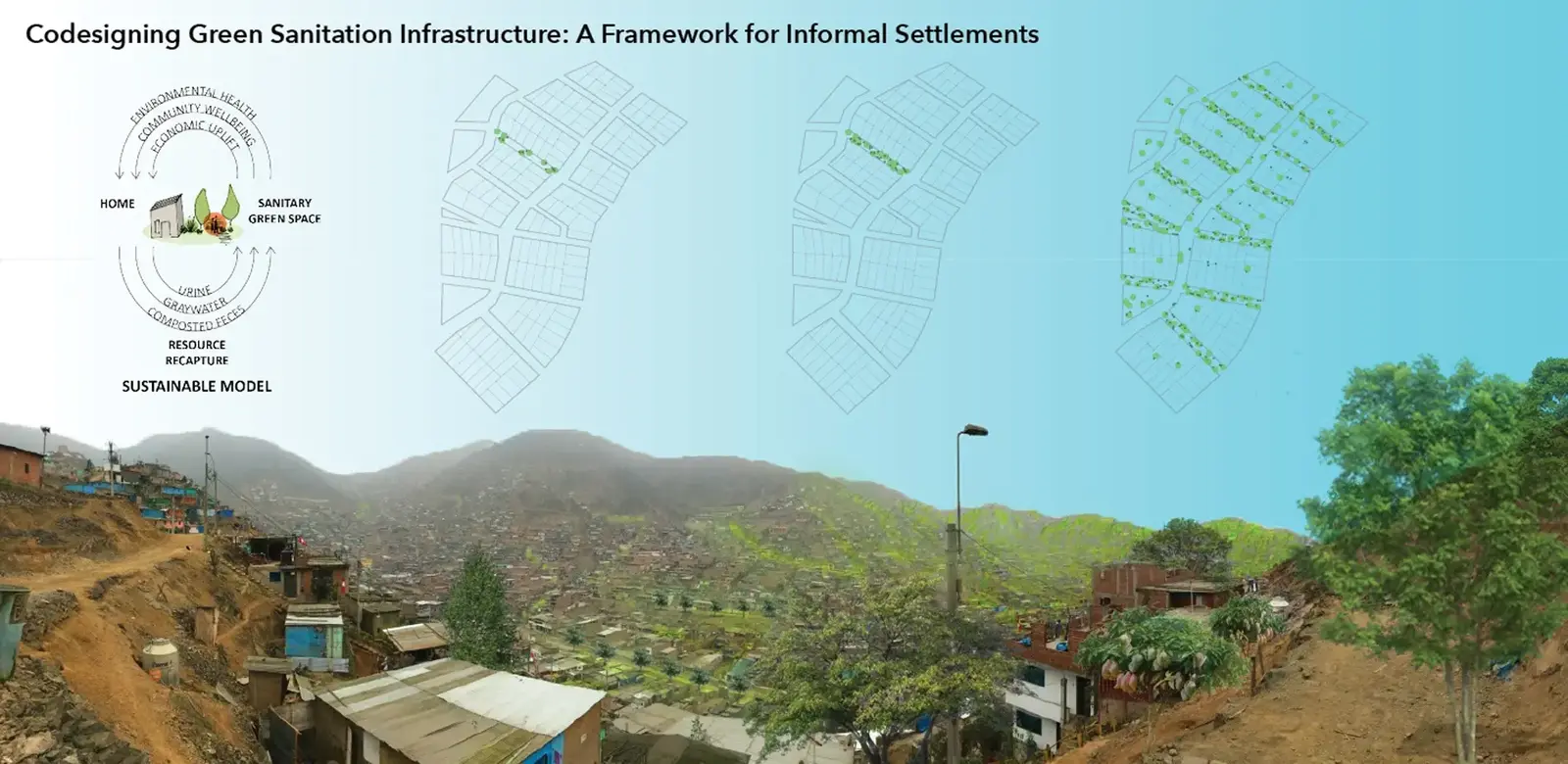
new_GalleryThumbnail.webp?language=en-US)













